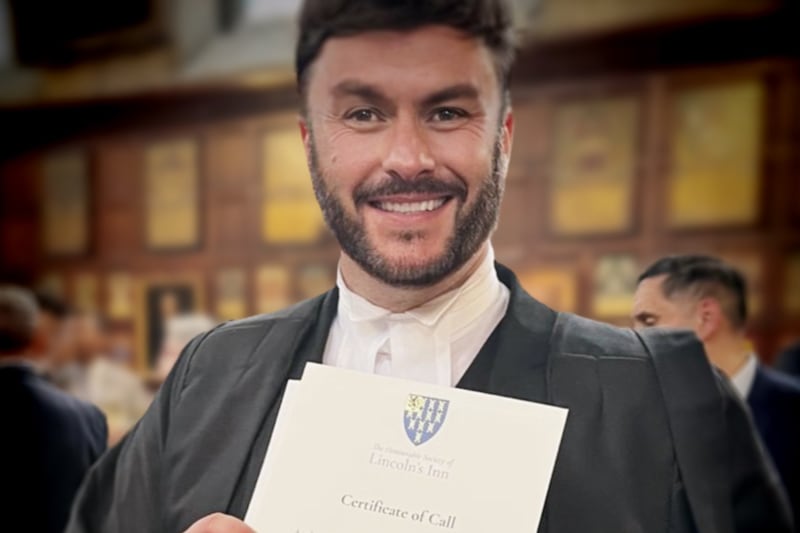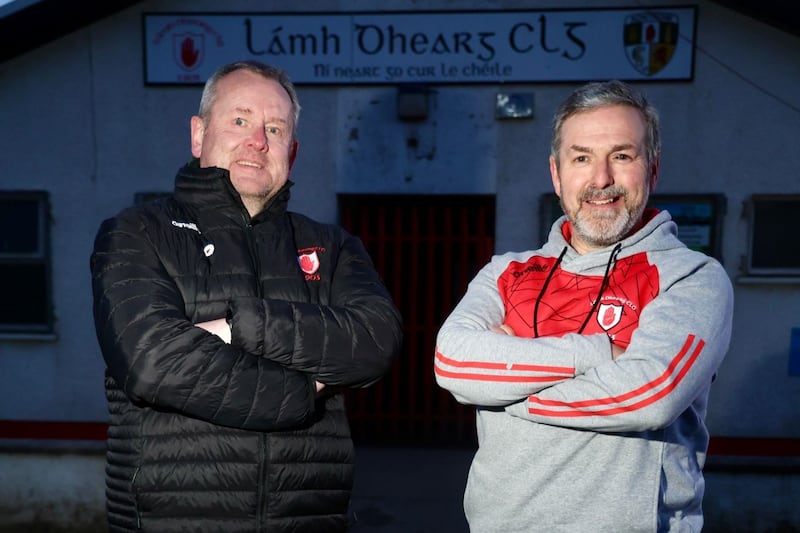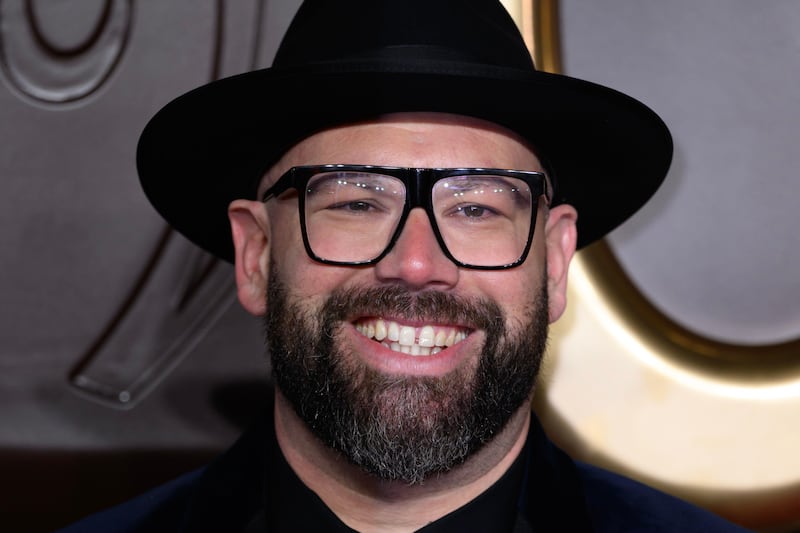Thousands of people across Ireland will be setting their alarms early for Saturday morning (May 6), as they prepare to take part in Darkness Into Light walks to support the fight against suicide and self-harm.Sixteen walks have been organised at various locations across the north, from Rostrevor and Derry to Lisnaskea and Portaferry.Participants will begin at 4.15am in darkness, continuing through sunrise, symbolising the journey from despair to hope.It's 14 years since the first Darkness Into Light walk saw 400 people gather in Dublin's Phoenix Park to raise money for the charity Pieta, who provide suicide prevention, crisis counselling and bereavement counselling.The local events will raise valuable funds for 14 partner charities in Northern Ireland, including PIPS, Aware NI, Hurt and Listening Ear. Amongst those taking part in the event at Belfast's Ormeau Park is Anna McKeever.

The Belfast-based medical doctor-turned-artist is an ambassador for this year's campaign. Having worked for five years in psychiatry, she says she has witnessed the devastating effect of mental ill health among patients and their loved ones.
She hopes the annual event both raises money for vital support and highlights the importance of "coming together" and "supporting each other".
While some people find approaching a friend or family member who is depressed difficult and worry that they could inadvertently worsen the situation, Anna advises that talking is exactly what they need.
"Ultimately, suicide is the crisis point that people get to when they feel so desperate. It's something we should be talking about," she says.
"Evidence has shown that asking someone who is suicidal directly how they are feeling does not increase their risk of taking their life. In fact, it can open the door to give them permission to speak. Many of my former patients said it was a huge relief to be able to talk openly about their thoughts.
"You should let the person know they are not a burden and tell them that you will support them, without judgment, as far as you're able to do.
"You don't need to change what they're going through – you can't do that – but you can signpost them to services that will help them, and you can support them along that journey."
Professionally, and personally, Anna is an advocate for prevention and believes we should all prioritise looking after our mental health.
"We need to identify things that make us feel better and more grounded, whether that's exercise, being in nature, engaging with the arts or something else," she says.
Throughout her training and years working as a doctor, Anna has used art as a therapeutic outlet for herself.
"During medical school I painted, but when I was a junior doctor working long hours I really noticed my anxiety levels were high and I had a sense of not being in control. So I made a conscious decision to sign up for an art class.
"Painting and mixing colours for a few hours is something that always resonated with me and made a difference to how I'm feeling."
Disillusioned with psychiatric medicine and the expectation to medicate and with a desire to look towards preventative measures for mental ill health, Anna retrained in public health medicine.
"In a clinic I would be treating people with medication for things that were actually more a social problem – like loneliness, lack of connection and discontentment," she recalls.
Research studies and evidence about mental wellbeing increasingly drew Anna towards the power of art. Gradually, over a period of six years, she found herself following her own "passion for painting" and becoming a full-time artist.
"It was difficult to leave a profession that I've spent 14 years training and working in, but I just felt very strongly that it was something I was meant to do.
"Now I'm the person creating the art, I still believe what I'm doing is helping people in an indirect way," says Anna, explaining that the therapeutic benefit of art is oft overlooked.
"Art has a powerful neurological impact upon the brain, not just the person creating the art, but also the viewer."

It raises serotonin and dopamine levels, allowing you to express feelings and memories and ultimately changing the way you experience the world, Anna explains.
"Some may think its airy fairy saying art can improve mental wellbeing, but scientific research has proven that when you look at art there is a strong activity in the brain that relates to pleasure by 10 per cent, which is the equivalent of embracing a loved one."
Whilst, historically, art galleries were seen as a place for the elite, Anna is grateful perceptions are changing and she encourages everyone to experience art – whether in galleries, online or by visiting somewhere like the Ulster Museum.
"The beauty of art is it's a language that defies borders. With art there is no incorrect or correct interpretation," she says.
"You don't need to speak about it. Just look at it and ask yourself how it makes you feel? Just by doing that, you make neurological changes to your brain."
Anna is predominantly a palette knife painter. Her work is powerful and unapologetic. It often celebrates the spirit and warmth of the Irish landscape and its people.
"The Irish are traditionally people off the land, and I feel a connection with the Celts who believed nature had the power to heal and nurture you. I reflect that energy onto the canvas.
"A strong theme of my work is colour, which is strongly linked to emotions. I often do a wash of blue, which is a calming colour, and mix that up by adding a contemporary palette of bold colours, fluorescent highlights and textures in order to evoke different emotions."
For those unable to take part in the Darkness Into Light walks, they can run, swim or cycle in their own time or take on a special challenge to fundraise for their local communities.
Anna has launched her own fundraising effort by creating an original oil painting entitled Cavehill at Sunrise, which will be raffled for Darkness Into Light.
The bespoke piece showcases one of Northern Ireland's most recognisable landscapes and depicts the overriding sense of hope, strength and light of a vibrant sunrise stretching out over Belfast city.
"With Darkness Into Light, many people come together to walk because of sorrow or a tragedy that may have happened, but it also signifies hope," says Anna.
"Therefore, in Cavehill at Sunrise, I wanted to convey energy of hope, strength and light. I purposely overemphasise the bright colour of sunrise coming up to symbolise the power there is in coming together and identifying that there is more that unites us than what separates us."
Darkness Into Light, the annual fundraising event organised by Pieta, and supported by Electric Ireland, takes place on May 6. To find out where your nearest walk is, to sign up and fundraise visit darknessintolight.com
To contribute to Anna's challenge and for a chance of winning her special piece Cavehill at Sunrise, visit idonate.ie/raffle/AnnaMcKeeverDILPainting
The work, measuring 100cm x 100cm, is in a wooden box frame, hand-finished in zoffany ink and is available to view in Anna's Ormeau Road gallery





